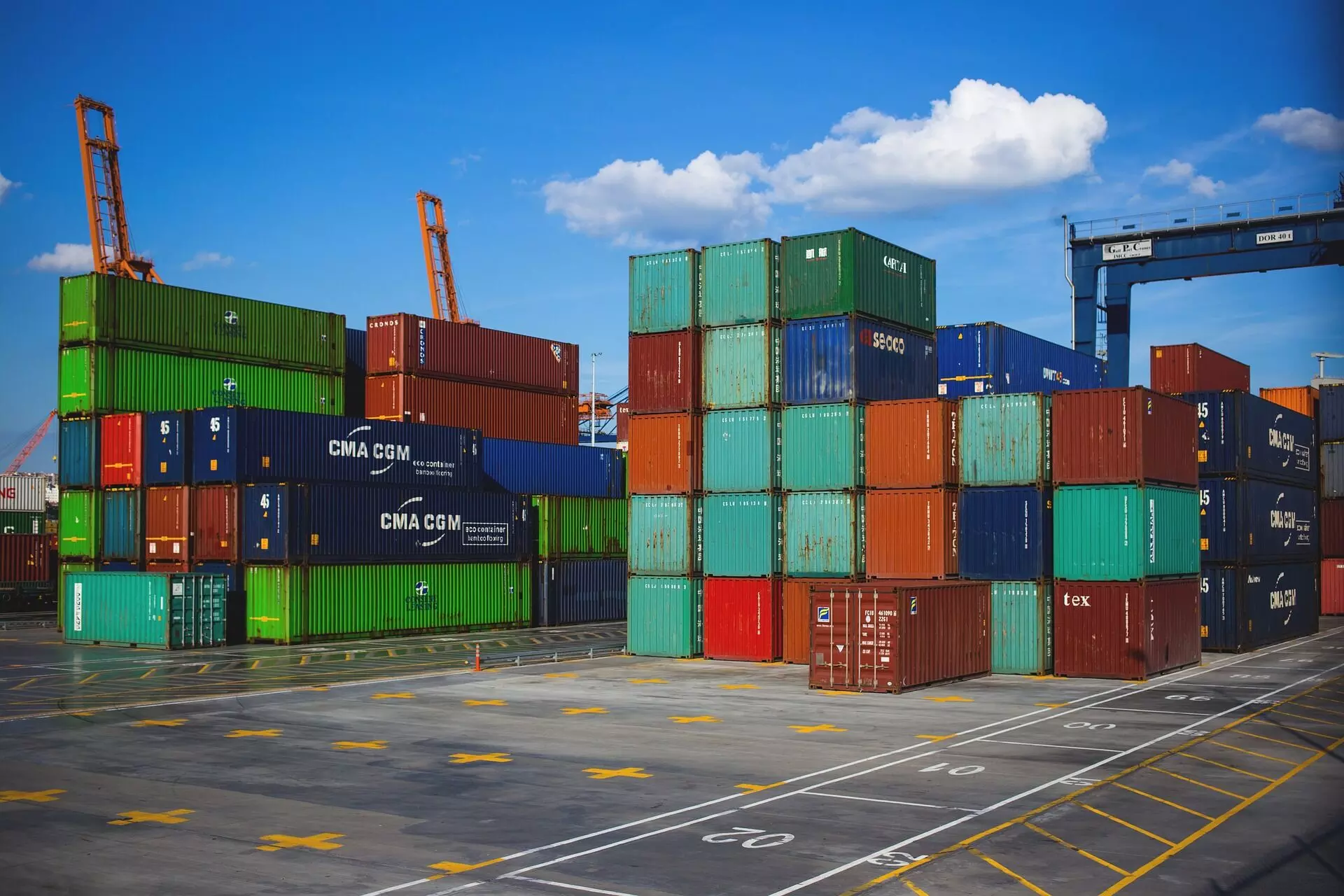Finding the right remedy

According to the data released by the Department of Commerce last week, India’s merchandise exports contracted by 8.8 per cent year-on-year to reach USD 33.88 billion in February. At the same time, imports, too, declined by 8.2 per cent year-on-year to USD 51.31 billion. Resultantly, India’s trade deficit in February 2023 stood at USD 17.43 billion. India’s merchandise export, import and trade deficit in February 2022 were at USD 37.15 billion, USD 55.9 billion, and USD 18.75 billion respectively. The trade deficit for January 2023 was 17.76 billion. To put things in perspective, there has been a slight decline along all three parameters — export, import and trade deficit — on a year-on-year basis. The decline on the export front is outrightly worrying as it indicates a looming recession in the global economy. With certain banks in the United States collapsing and European banker Credit Suisse faring badly, the silver lining that emerged briefly in the form of an increase of three per cent in US’ retail sales in January has been now pushed into the dark zone. The slump in global demand is likely to continue, leaving India’s export prospects eclipsed. The dip in the import figures is something which the government sees in a positive light. In fact, government officials claim it to be a targeted achievement, as strategies have been explored to contain non-essential imports, which are “bearing fruit” now. Notably, the merchandise imports have touched an 18-month low. The combination of these two aspects — declining exports and imports — has resulted in a marginally lower trade deficit, which would normally be seen as a positive thing. On record, the government is on a mission mode to contain the trade deficit. Reports suggest that the Ministry of Commerce & Industry has shared HS (harmonised system) code details of essential and non-essential import items with ministries to put a tab on non-essential imports. However, the government must tread with caution on this front. The shrinkage in imports may be coming on the account of deteriorating domestic demand. A slump in domestic demand is the last thing that one would look for amid a perpetually contracting global demand. The two can together have a compounding impact on the state of the economy and hit the poorest section of society. The government should be extremely cautious in tinkering with the supply chains. The interests of consumers and investors need to be accorded high priority while tweaking trade aspects. Furthermore, it will not be an exaggeration to say that by constricting imports in the wake of unnaturally shrinking exports to meet trade deficit targets, the government may be proceeding with a narrow vision. It would be more sustainable and meaningful to bolster the export sector by making appropriate policy shifts. Exporting segments need to be well-equipped with information, resources, and insights to optimally adapt themselves to the fast-changing external markets. Boosting exports through painstaking policies vis-à-vis constricting imports could provide the Indian economy with the required leverage to find a firm footing amid the stuttering global economic scenario. It may, however, be noted that the government’s approach towards containing non-essential imports is guided by the objective to provide a level playing field for the domestic producers, ultimately strengthening the Make in India initiative. There is a fair chance that this approach may boomerang in the wake of deteriorating investors’ sentiment and declining consumer demand. While expecting domestic producers to compete with global players in many segments still appears to be a far dream, the key lies in progressing in that direction steadily. Also, the time has arrived that the government comes up with the much-awaited overhaul of its 2015 foreign trade policy. It is reassuring that Commerce Secretary Sunil Barthwal has expressed the government’s commitment to come up with a new FTP by the end of this month. There is a need to understand the gravity of the situation and step out of the mechanical notion of sticking to trade deficit targets at any cost.



